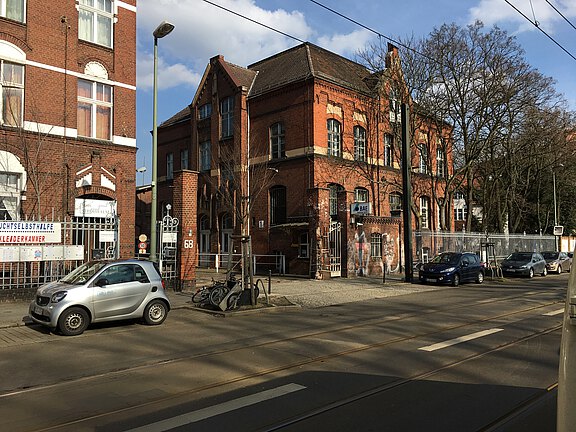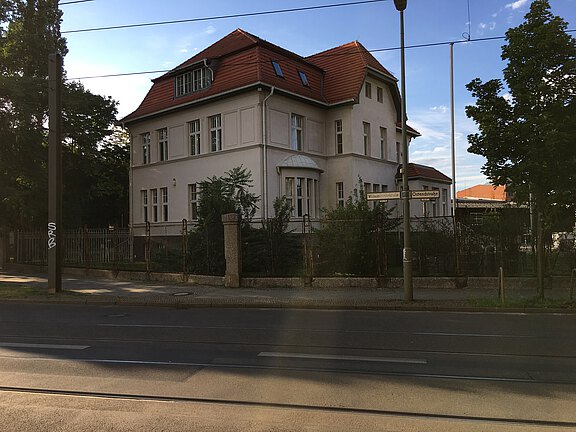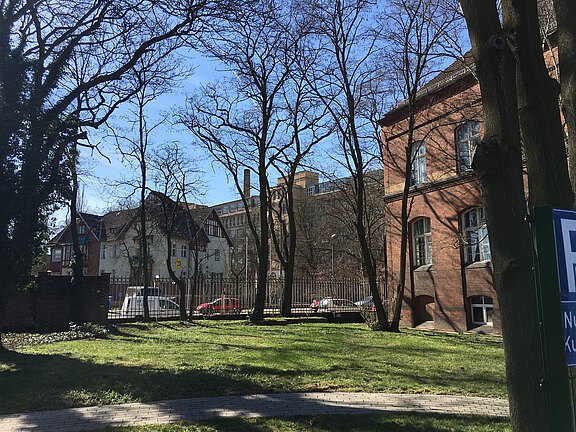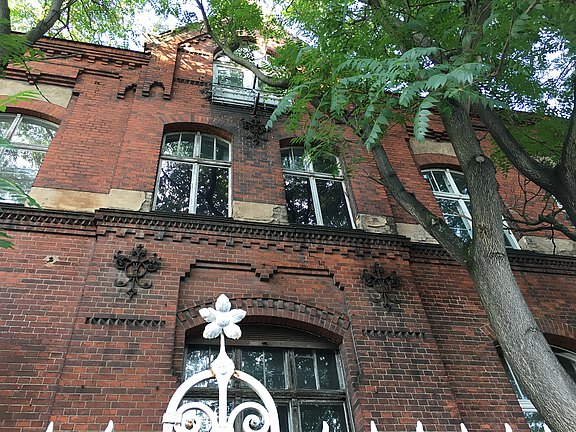Accumulatoren-Fabrik Aktiengesellschaft (AFA), which is listed on the Berlin stock exchange, establishes itself in Berlin and seven years later (1904) takes over Watt Accumulatoren-Werke AG, which produces in Berlin-Oberschöneweide. AEG and Siemens were shareholders in AFA (now VARTA AG). The Watt works in Oberschöneweide not only produced portable rechargeable batteries for flashlights and signaling technology. Soon starter batteries for the automotive industry were also developed here. With its battery and accumulator production, the Watt-Werke became the artery of the AFA. In 1905, the company consortium of AEG, Siemens and AFA also became part of the Gesellschaft für elektrische Zugbeleuchtung (GEZ), based in Berlin. In the same year (1905), the Deutsche Edison-Akkumulatoren-Company (DEAC) is founded. DEAC manufactures nickel-iron rechargeable batteries (NiFe batteries). Developed around 1900, these Edison accumulators, also known as steel accumulators, are ahead of other systems due to their longevity. AFA takes over DEAC in 1913. During the First World War, AFA equips submarines with lead-acid batteries and becomes an important supplier of armaments. In the turmoil of the Weimar period, caught between hyperinflation, mass unemployment and the collapse of orders, the industrialist Günther Quandt finally acquires the majority of shares in AFA. In 1923 he became Chairman of the Supervisory Board and in 1938 Chairman of the Management Board of AFA. Günther Quandt is involved in National Socialism, both internally and economically. Two years after their divorce was finalized in 1929, his second wife Magda Quandt married Joseph Goebbels, who later became Reich Minister for Public Enlightenment and Propaganda, on December 19, 1931. The idea of giving Magda and Joseph Goebbels the villa on the Watt-Werke estate in Berlin-Oberschöneweide quickly evaporated with the rapid rise of the National Socialists. Today, the Quandt family makes a name for itself as a major shareholder in BMW.
After the capture of Berlin by Soviet troops in the spring of 1945, the Watt-Werke fell into the hands of the Soviets, as did the whole of Electropolis. In 1946, the newly founded VEB Berliner Akkumulatoren- und Elementefabrik (BAE) is established on the Watt-Werke site.
Like many other GDR companies, the Berlin accumulator and element factory (BAE) has difficulties defending high-quality products on the world market against Western competition after reunification. Only the Dutchman Jan IJspeert achieved commercial success in Berlin-Oberschöneweide. Today, BAE is once again a leading brand manufacturer of proven lead-acid batteries for industrial applications. Factory owner Jan IJspeert pulled the strings in the villa that Magda and Joseph Goebbels might have moved into if history had taken a different course.



